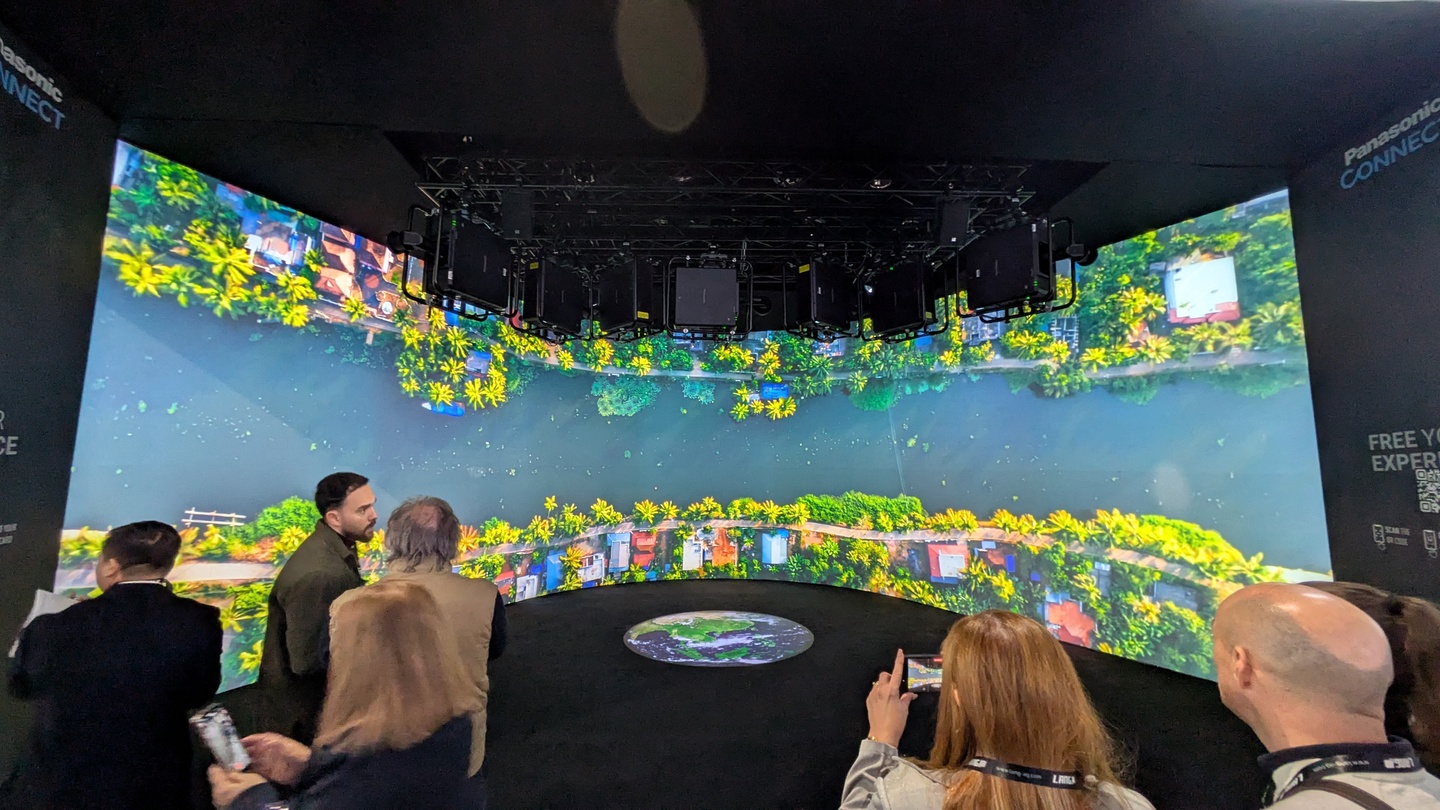Participants at a roundtable on AI in media and entertainment at IBC2024 assessed some of the opportunities and challenges confronting media companies seeking to tap the potential of generative AI across a range of applications.
Most discussion of AI today naturally focuses on generative AI – AI that has the capability to create new content, powered by large language models (LLMs), and this framed the terms of a round-table discussion on AI at this year’s IBC.
Opening the discussion, Imogen Wall, Google Cloud Telco & Media Lead UKI, Google, said AI is ubiquitous as a term and that media companies have been using AI for a long time, but that generative AI had created a paradigm shift. “GenAI creates new text and pictures and that has changed the nature of the game,” she said...
You are not signed in.
Only registered users can view this article.
 10 (1).jpg)
OTT evolution: Shifting business models, monetisation and personalisation
Over the past two decades, the over‐the‐top (OTT) industry has undergone a remarkable transformation from a niche experiment to a multi‐billion‐dollar ecosystem, writes John Maxwell-Hobbs.
.jpg)
AI through the looking glass: Digital natives
When it comes to AI, the M&E industry should take a more active interest in the views of its young people if it wants them to remain part of it, writes James McKeown.

NAB preview: Agentic AI poised to steal the show
New imaging technologies, AI creative mates and wrestlers await visitors to Las Vegas while America’s free press is under attack.

Inside virtual production’s latest processing and toolset innovations
Advances in GPU capability and algorithms are among the developments allowing ‘more to be done with less’ as virtual production technology and techniques continue to evolve, writes David Davies.

Content Everywhere: Getting (more) personal in the AI era
Content Everywhere companies cite service personalisation as an area in which artificial intelligence (AI) and data will play an increasingly transformative role in the highly competitive streaming market.





